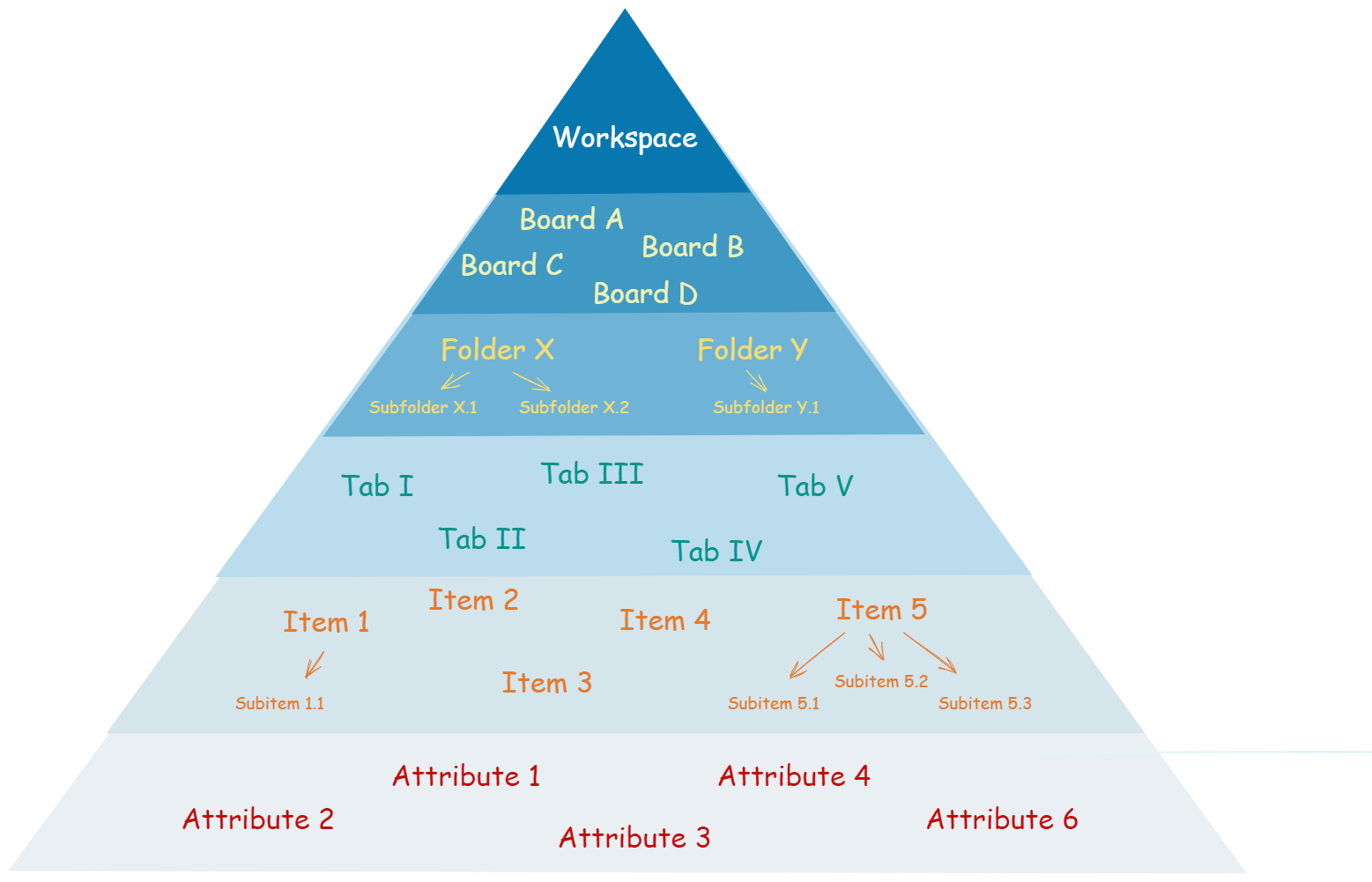ISO+™ Structure
ISO+™ Hierarchical Structure
ISO+™ has a hierarchical structure that consists of six main components: Workspaces, Boards, Folders/Subfolders, Tabs, Items/Subitems, and Attributes.

Workspace is the highest-level unit of ISO+™ and is usually labelled with your company name plus the standard or program for which you want to register. For example, ABC-QMS indicates the quality management system of company ABC, and XYZ-NDIS indicates the NDIS framework of company XYZ.
A workspace consists of boards that indicate the management system's modules or framework you need. For example, the Human Resource Management module manages all the activities and records related to human resources, such as hiring, onboarding, training, performance review, offboarding, etc.
The board title, number of members, and number of items created on each board are visible.
The Tabs allow you to view the items in one folder in different ways depending on your needs. For example, you can create different tabs for different team members so you can easily overview their tasks.
You can also create a new tab in a folder to get a different view of the items. It includes "Table", "Columns", "Document", "Form", "Calendar", "List", "Gantt", "Chart", and "Files" views.
An Item/subitem consists of various attributes. The attributes shape an item as its characteristics. For example, for each employee as an Item, we can use various Attributes to describe an employee, such as Name, Date of Birth, Address, Phone Number, Email Address, Position, etc.
